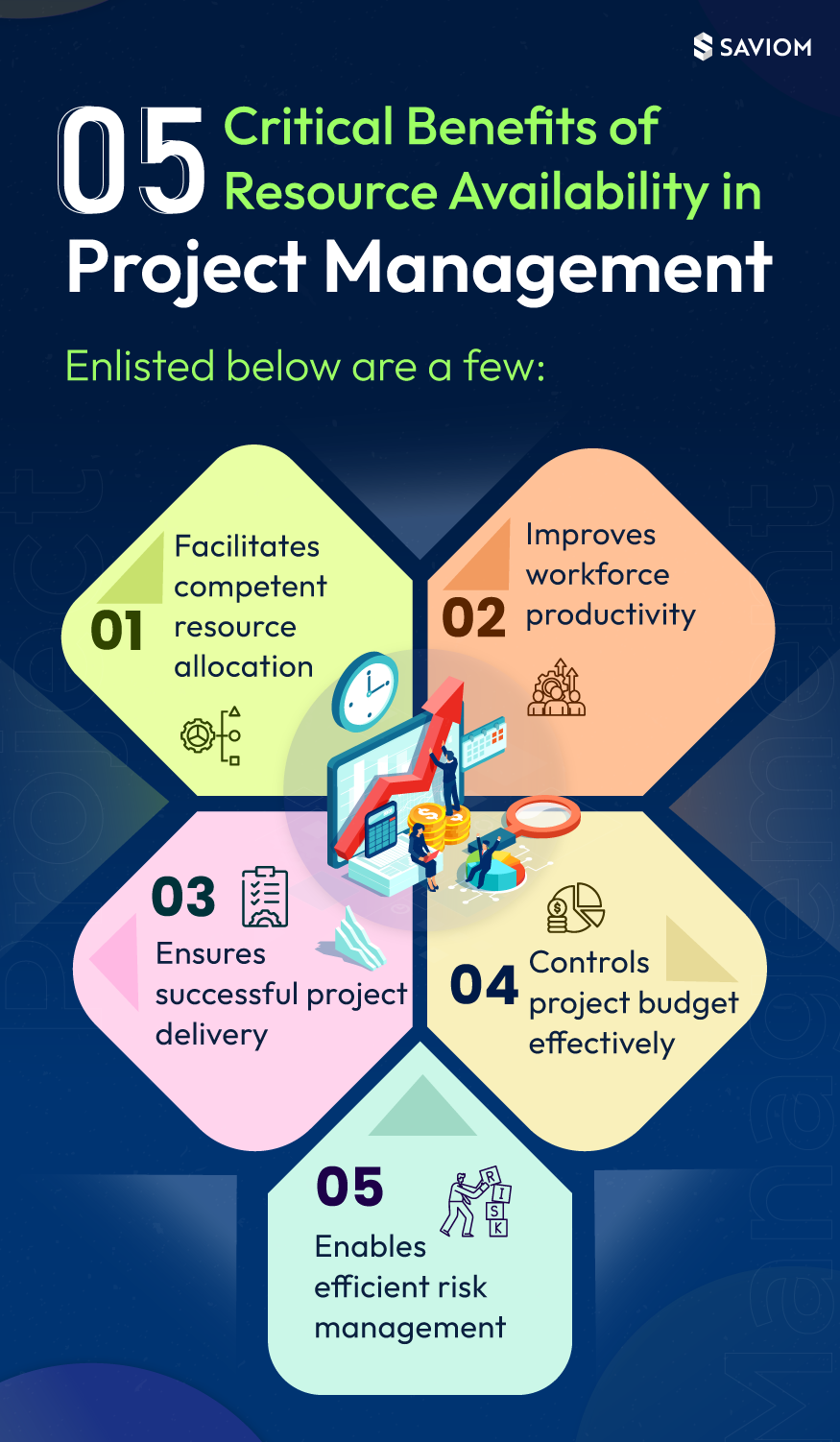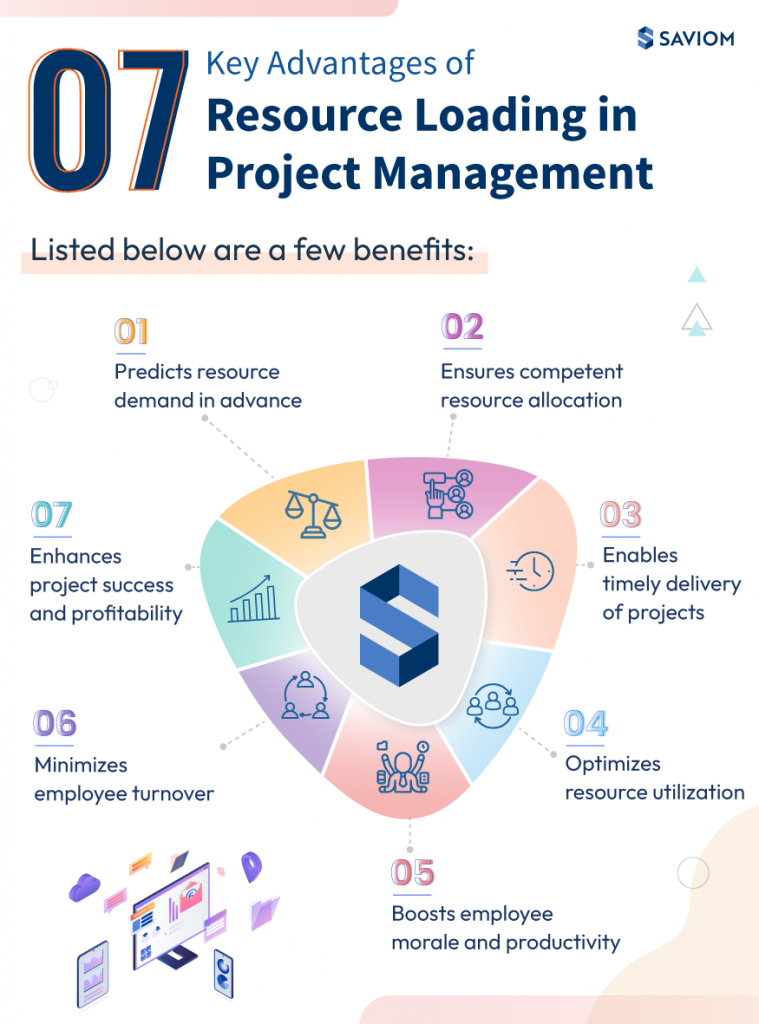Every project is a unique endeavor, and there’s no one-size-fits-all approach in managing projects. Continued challenges for quality project delivery within budget and timeline constraints drive organizations to consider different project management methodologies.
The primary aim of project management methodology is to structure and organize the project activities within the constraints of time and cost.
As we all know, projects differ in goals, deliverables, KPIs and have varying resource requirements. Therefore, implementing the right methodology that works best for your business is critical for the project’s success.

But how do you select a specific project methodology that is best suited for you?
This article addresses some of these questions, explains the Waterfall vs Scrum methodology in detail, and helps you decide which one to choose for your project.
What is Waterfall Methodology?
The waterfall model is a linear systematic methodology, where both stakeholders and client needs are gathered at the start of the project. Then a sequential project plan is developed to accommodate those requirements.
The waterfall model is so named as every stage of the project slides or falls downhill, like a cascade or like a waterfall.
The Waterfall model involves relatively minimal client involvement during the development of the product. Once the product is ready, then only the final version is shown to the end-users.
The Waterfall system is the most traditional method for managing a project, with team members following a top-down way to achieve the end goal. Today, the Waterfall model has been replaced with various models like iterative, agile, etc.
Various Stages of Waterfall Project Management
The waterfall model follows five to seven phases rigidly in a linear order. Here the output of one phase is used as the input of the next phase, and there is no overlapping of the phases.
The linear phases described in the waterfall model are:
Requirement Analysis
The critical aspect of the waterfall is that managers gather all customer requirements and documentation at the beginning of the project. It allows managers to plan all project phases without further client involvement until the project is complete.
Design
The design phase is segmented into two subphases: logical design and physical design. The logical design subphase is when team members brainstorm and theorize. The physical design subphase is when those theoretical ideas are mapped out with specifications.
Implementation
The implementation phase is when all the team members put all the plans into action and start the actual project execution. For instance, the implementation phase is a development or coding stage for software development projects where programmers produce actual codes as per the project specifications.
Testing
In this phase, all the development elements of the execution stage are tested. It ensures that every code and program works as expected and fulfills the requirements laid out at the beginning of the project. This phase is for a software development project when QA testers undergo extensive testing and discover bugs/glitches in codes. Then as a consequence of testing, a deductive process of debugging takes place by the development team. Here all the existing and potential errors are fixed, and lastly, the product moves to the next stage.
Delivery/ Deployment
This is the last stage of the complete development cycle where the product or application is officially deployed to the client site or released into the market.
Maintenance
This is the ongoing stage, where a group or a specific team member is constantly in touch with the client and provides maintenance support on the product or service.
For all the above project tasks and activities, project Managers can use Gantt Charts as an intuitive tool to map resource schedules, dependencies as the project progresses through different phases of the project life cycle.
What is Scrum?
Scrum is a subset of Agile methodology and one of the most popular and effective frameworks. It relies on iterative and incremental procedures and assists in managing complex software and product development.
Different Roles in Scrum
The Scrum Team consists of the following roles:
Product Owner
The Scrum Product Owner (PO) is the spokesperson of the stakeholders or the client. He conveys the vision of what he intends his team to build. The Product Owner focuses on business and market requirements and prioritizes all the work that needs to be done.
Scrum Master
The Scrum Master assists the team to accomplish the best results. He/ she organizes meetings, addresses roadblocks, and resource-centric challenges. They work with the Product Owner to ensure the product backlog is ready for the next sprint. The person in charge or the scrum master assures the team follows the Scrum process, mentors, and trains them to maximize ROI.
Scrum Team
The Scrum Team comprises five to seven professionals with technical expertise. Everyone on the project works together to carry out the project plan from the start of each sprint. Unlike traditional development teams, there are not distinct roles like programmer, designer, or tester. Everyone completes the set of work together. The Scrum Team owns the plan for each sprint and anticipates how much work they can achieve in each iteration.
Various Steps in the Scrum process
Scrum draws upon four sprint structuring events: sprint planning, daily stand-up, product backlog, and sprint retrospective.
Let’s learn about them in more detail here;
Product Backlog
The Scrum Product Backlog is essentially a list of all tasks that need to be performed within the project. The product owner (PO) prepares it and prioritizes the functions in accordance with what is more critical for the project. All the tasks or product backlog that a scrum team can do within one Sprint are planned in a Sprint Planning event.
Sprint Planning
The sprint planning meeting is held at the beginning of each Sprint wherein all the team members participate, i.e., the Product Owner, Scrum Master, and other team members. Scrum is executed in fixed iterations that are short and periodic, called Sprints, which usually range from 2 to 4 weeks. During each sprint, the team will show project progress and receive constant feedback.
Daily Scrum Meetings
The objective of the Daily Scrum is to evaluate the progress of the tasks until the end of the Sprint. This brief meeting which synchronizes several project activities is held every day in Sprint’s course.
At scrum meetings, Scrum Master addresses the following questions:
- What did the team members do yesterday?
- What will they do today?
- And are there any bottlenecks or issues that need to be resolved?
Sprint Review Meeting
Each Sprint is an individual entity; it provides a mini deliverable of the final product. At the end of each sprint, stakeholders and team members meet to plan the next steps. The sprint review highlights what work has been completed concerning the product backlog for future deliveries.
Pros and Cons of Agile Scrum and Waterfall
The benefits of effective project management are widely known: enhanced client satisfaction and excellent results delivered on time and within budget. However, suboptimal project management can lead to delays and budget overruns. While the thin line between success and failure depends on many factors, it all boils down to selecting a suitable project management methodology first.
Let’s examine the comparative advantages and disadvantages of Scrum and Waterfall here:
Advantages of Waterfall Project Management
- The phases or various stages do not overlap and are completed one at a time. This makes the deliverables of all stages more straightforward.
- The waterfall model works well for small projects where project scope and requirements are well-defined at the initiation stage.
- Customer or client presence is not strictly required during the execution stage except for project reviews, critical approvals, status meetings, etc.
- It possesses a process-oriented framework with less dependency on individual team members.
Limitations of Waterfall Project Management
- This model isn’t suited for complex projects with a longer duration.
- The cost of fixing any failure or issues in the functionality is very high. It also negatively impacts the project quality and causes delivery delays.
- The waterfall development approach is process-oriented, such that requests for modification at the latter stages of the development cycle are unlikely to please.
Advantages of Scrum Framework
- The scrum framework provides more project visibility with daily stand-up meetings. The issues are identified allowing managers to resolve them intelligently ahead of the curve.
- It is considered a collaborative and practical approach for executing complex software development projects.
- The client and stakeholders have frequent and early opportunities to get a glimpse of the development of software products. This helps them to make timely decisions on any modification or changes well in advance.
- Scrum facilitates constant communication with team members. It ensures the team is aware of all issues and works to resolve them proactively.
Limitations of Scrum Framework
- With no specific end date of the project, some Scrum projects can experience scope creep as stakeholders may be enticed to request additional features.
- In the Scrum Team, there are no definite roles, it needs a multi-skilled resource pool with scrum principles to succeed.
- In case of an unclear project strategy, sprints might take longer than originally calculated. It also adversely affects the project costs and timelines.
Importance of Resource Planning in Waterfall and Scrum Methodology
Do you often face resource crunch while implementing waterfall or agile scrum methodologies in projects? Or do you find it challenging to utilize resources efficiently in between project stages or sprints?
The Mythical Man-Month book expresses several observations about software engineering projects. Its central theme or Brook’s law states that- “Adding more resources to a late project makes it more later.”
For effective project management, the managers first need to assess the project resource requirements and undergo structured resource planning during the initiation stage. They then need to identify the type and number of resources required to implement various activities/tasks within a project.
Resource Planning in Waterfall Methodology:
- All the resource requirements are documented along with the project planning in the initiation phase. The probability of any sudden resource changes down the project lifecycle is extremely low since it is appropriately planned in the beginning. So, forecasting and resource estimation can be done more accurately using the waterfall model.
- In an IT development project, managers know that they need resources in a staggering manner. Thus, all the resources with multiple skills or expertise are identified. For example, an analyst typically hands over requirements to a developer, and then a developer does the same for the testers, and so on. All these resources are allocated to different phases before the project starts.
- As the project goes through the development phase, it can experience a sudden ramp-up of resources as, ideally, the intensity of resource flow is more during the execution stage. Later on, when the major development tasks are completed, there will be a ramp-down of the same resources.
In short, for the waterfall approach, an efficient resource plan is put in place to ensure ramp-up of quality resources, their training needs, and ramp-down plan across different phases of the project. Project managers can also provide sufficient lead time to the resource managers while requesting or releasing the bulk of the resources. It will ensure continuous billability and reduce bench-time for the majority of the resources.
Resource Planning in Scrum Methodology:
- One of the most widespread agile methodologies or scrum framework is the complexity and unpredictability of project requirement changes. Some factors that make managers opt for a scrum approach are when specific resource requirements or technology risks may be unknown or frequent changes from clients are expected.
- In an ideal agile world, teams experience dynamically changing requests. So, the team heavily relies on resource collaboration to accommodate those sudden changes. For example; In a software development project, resource planning is a major challenge. For a project to be successful, it has to be adequately staffed at all times. From software engineers to design engineers, QA testers, and more. Each resource requirement at a sprint level should be considered while creating a resource plan.
- Most scrum projects operate within a small team size. Resources are assigned to iterations (or sprints) rather than entire projects and may simultaneously be assigned to multiple sprints. When a specific task of a niche resource is entirely completed, they are released off the project.
When the design work is completed in the waterfall model, the architect is released from the project. However, in scrum methodology, the requirement of an architect will be required throughout the project, and the concerned person can not be released after the execution of a particular sprint. So, it is important to keep provision for part-time and multi-skilled resources to maintain continuity.
A futuristic resource management tool can address the requirements of both waterfall and scrum methodology. Once the skills and competencies are identified with a proper resource plan, the same can be sourced within the organization using an advanced filtering capability. It will also enable regular communication between project managers and resource managers so that there are no last-minute surprises.
Waterfall vs. Scrum Which Project Management Methodology is Best Suited for Your Project?
It is vital to choose the right project management approach in order to execute projects on time and on budget. From Waterfall to Agile to Scrum and Kanban, a wide range of project management methodologies can be leveraged to maximize success.
While these methodologies have significant differences, it’s essential to acknowledge that each project management methodology ultimately has the same goal: to facilitate project completion within time and budget.
But, how do you decide on which methodology to adopt?
The answer to this question depends on;
- Your team and the project’s unique needs
- Size and complexity of the project
- Organizational factors
Today, many organizations implement a hybrid approach, i.e., a combination of Agile Scrum and Waterfall methodology, to successfully complete projects. For instance, Maybe you run a construction company that does new construction and renovations of old structures. Or you run a software development firm where you deal with clients who are not very sure about their objectives and other clients with crystal clear project visions.
The hybrid approach lets organizations do some initial requirement gathering but keeps provision for allowing some changes during execution. Once the design is complete, the execution is carried out using an iterative approach. If the business users propose any changes, it needs to be approved by the change control board.
Conclusion
When running and managing resources in a complex project, implementing waterfall, scrum, or even a combination of the two can often be challenging. Therefore, using an ideal resource management tool can be beneficial. It helps plan and schedule resources for each sprint and different project life-cycle.
Which methodology do you follow to manage your projects?
The Glossary
The Saviom Solution
SAVIOM is the market leader in offering the most powerful and configurable solutions for managing enterprise resources efficiently and effectively. Having more than 20 years of experience, this Australian-based MNC has a global presence in over 50 countries. It is also popular with more than 100 customers and helping them to achieve their business goals. SAVIOM also has products for project portfolio management, professional service automation, and workforce planning software which can be easily customized as per business requirements.


















